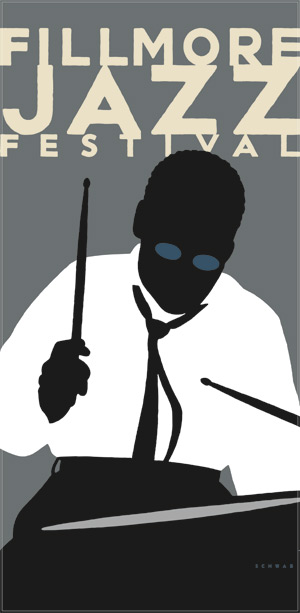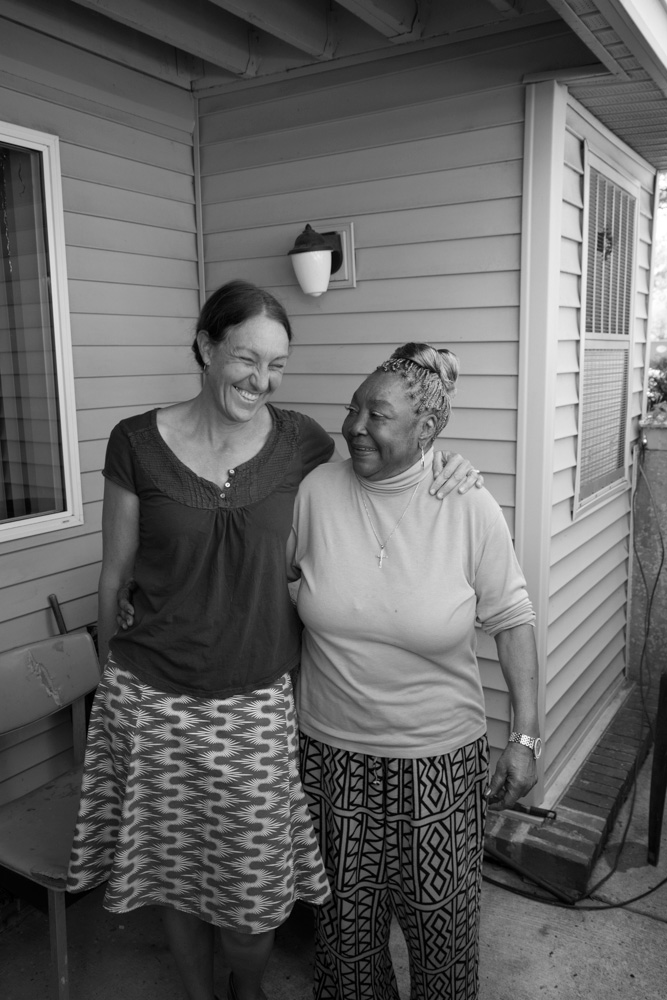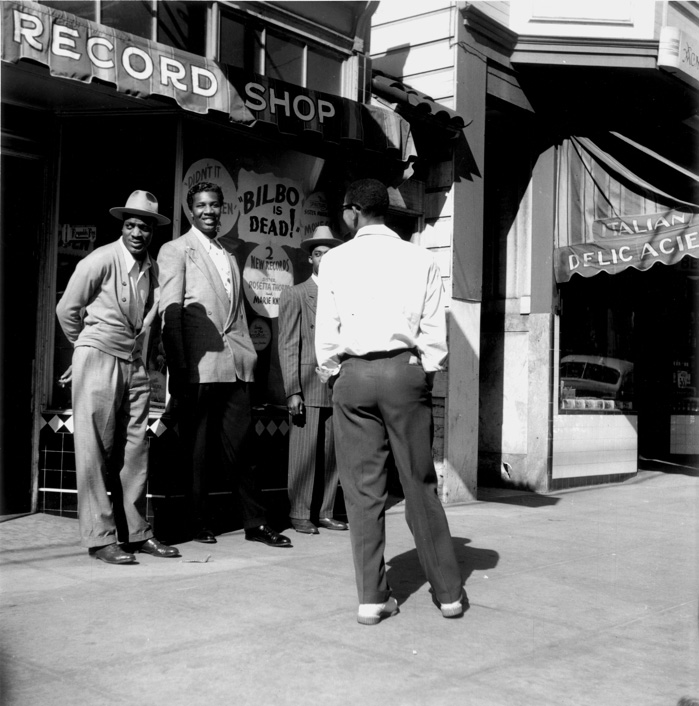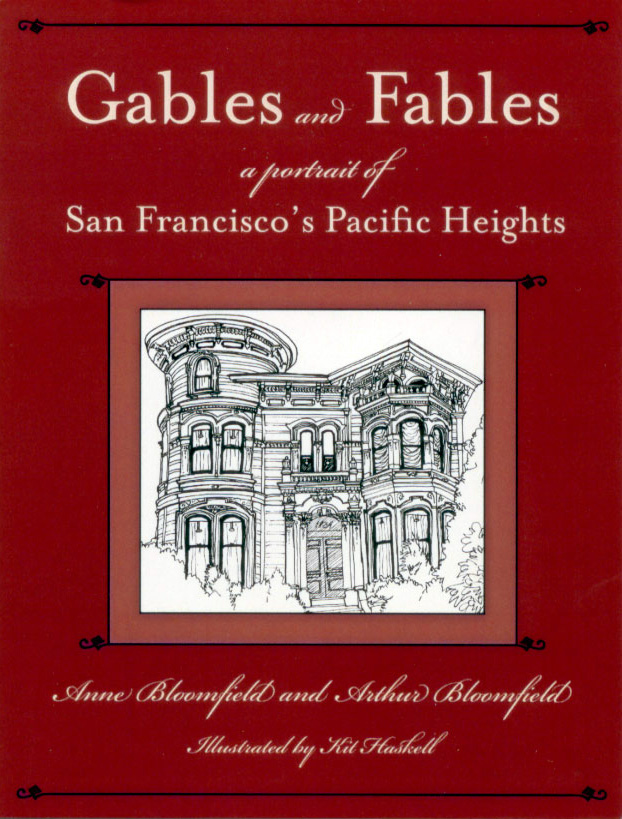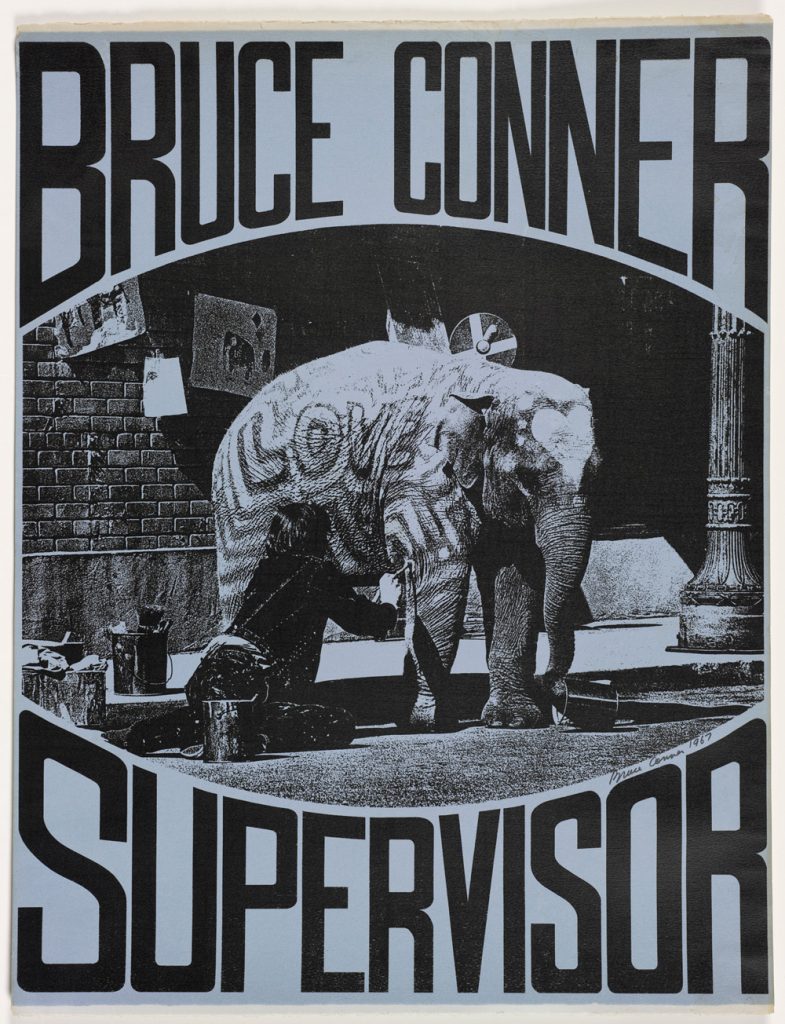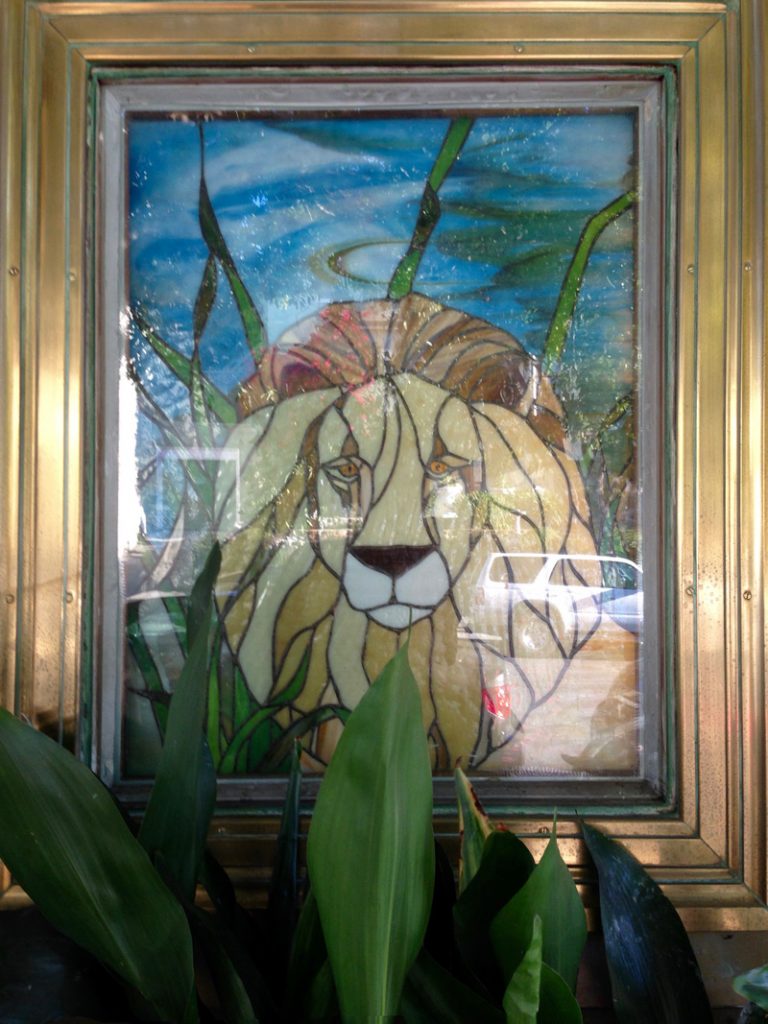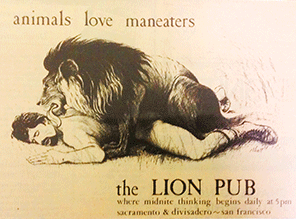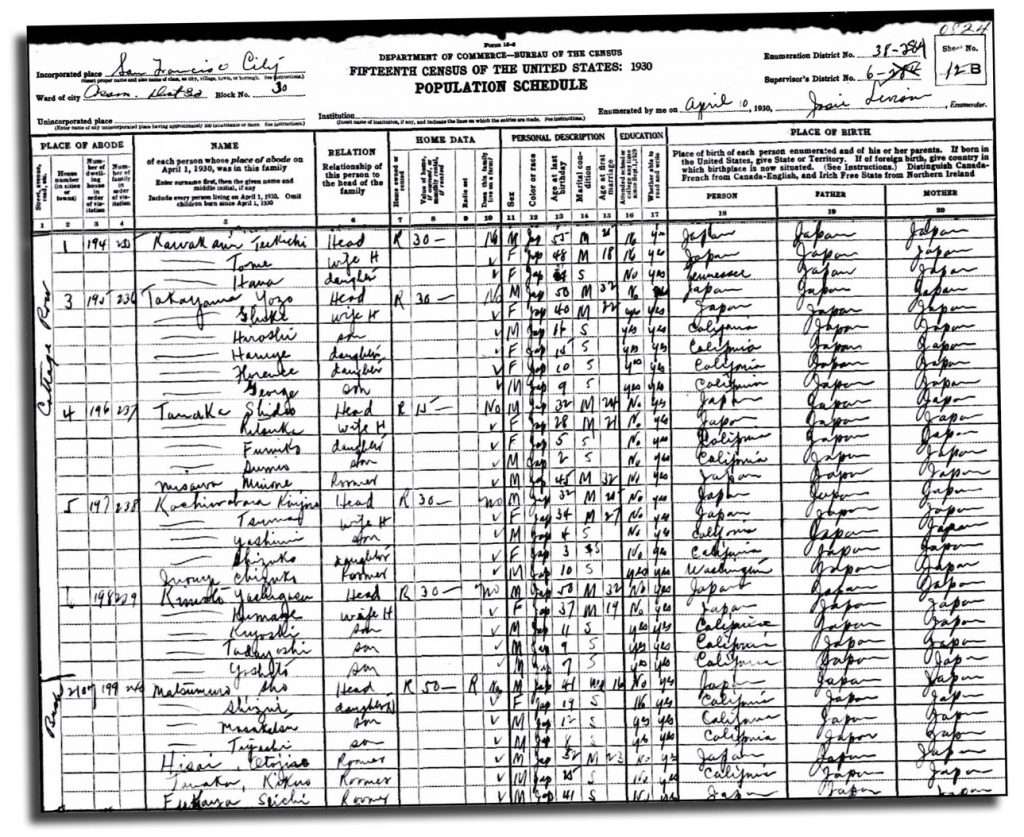A PLAN TO CREATE a Japanese Zen rock garden at the foot of Cottage Row has been green-lighted by the Planning Department and is scheduled for a go-ahead vote on June 15.
The garden would honor the first generation of Japanese residents in San Francisco, the Issei, who established Japantown in its current location 110 years ago after the 1906 earthquake and fire.
The memorial was proposed last year by leaders and supporters of the nearby Japanese Cultural and Community Center, who enlisted renowned gardeners Shigeru Namba and Isao Ogura to create a garden on the Sutter Street side of Cottage Row that would honor the Issei generation.
“Cottage Row is the only place in Japantown they would recognize,” said Paul Osaki, director of the center, because the rest of the neighborhood was torn down and remade during redevelopment in the 1960s.
Osaki presented the proposal last year at a series of five sometimes raucous neighborhood meetings. Some neighbors disputed the Japanese heritage of Cottage Row and insisted that any memorial should honor everyone who had lived in the area.
A subsequent review of census records showed that Cottage Row was in fact occupied almost entirely by Japanese-Americans until they and the other residents of Japantown were interned during World War II.
After committee review on June 1, the Cottage Row proposal is slated to come before the city’s Recreation and Park Commission on June 15. The commission agenda describes the plan as “an in-kind grant valued at approximately $56,000.”
A staff report notes that the garden plan is supported by 100 nearby residents, 23 community organizations and 463 people who signed petitions, in addition to supervisors London Breed and Aaron Peskin. Ten nearby residents and one other person registered their opposition to the plan.
EARLIER: “Zen garden sparks a fight“
Filed under: Home & Garden, Neighborhood History, Video | Leave a Comment »


